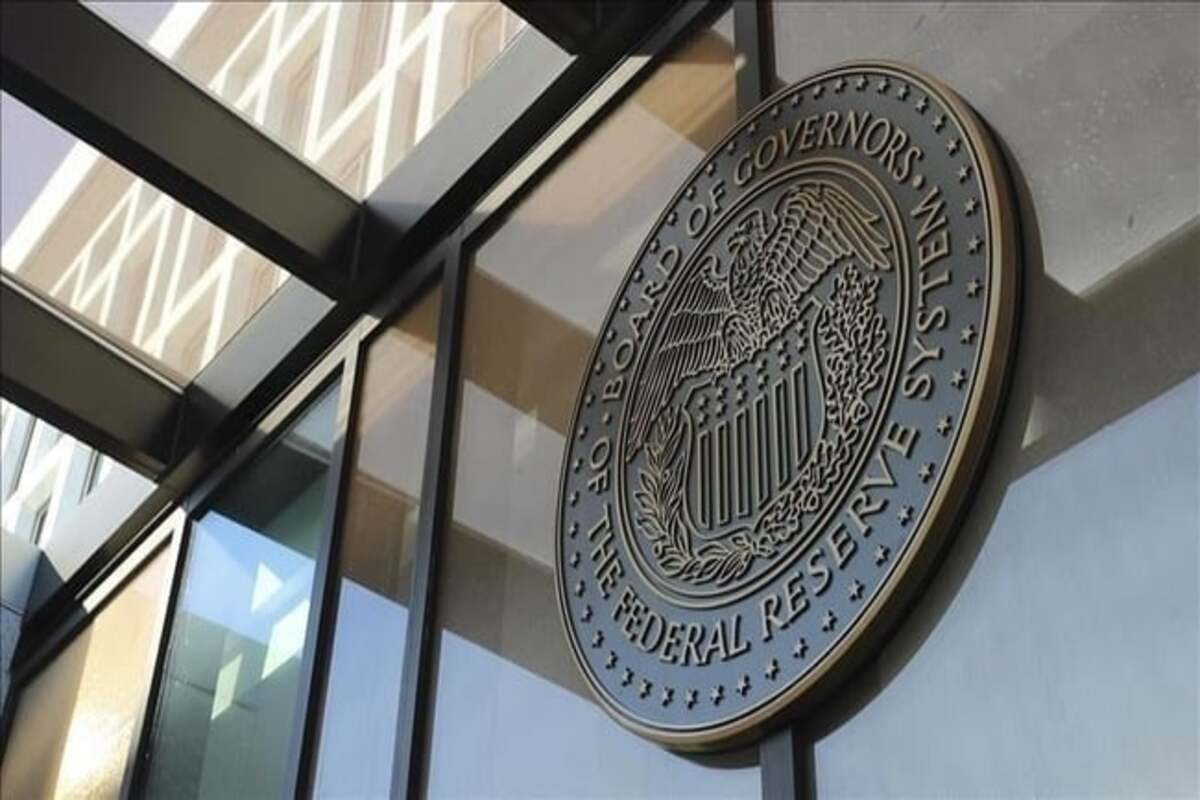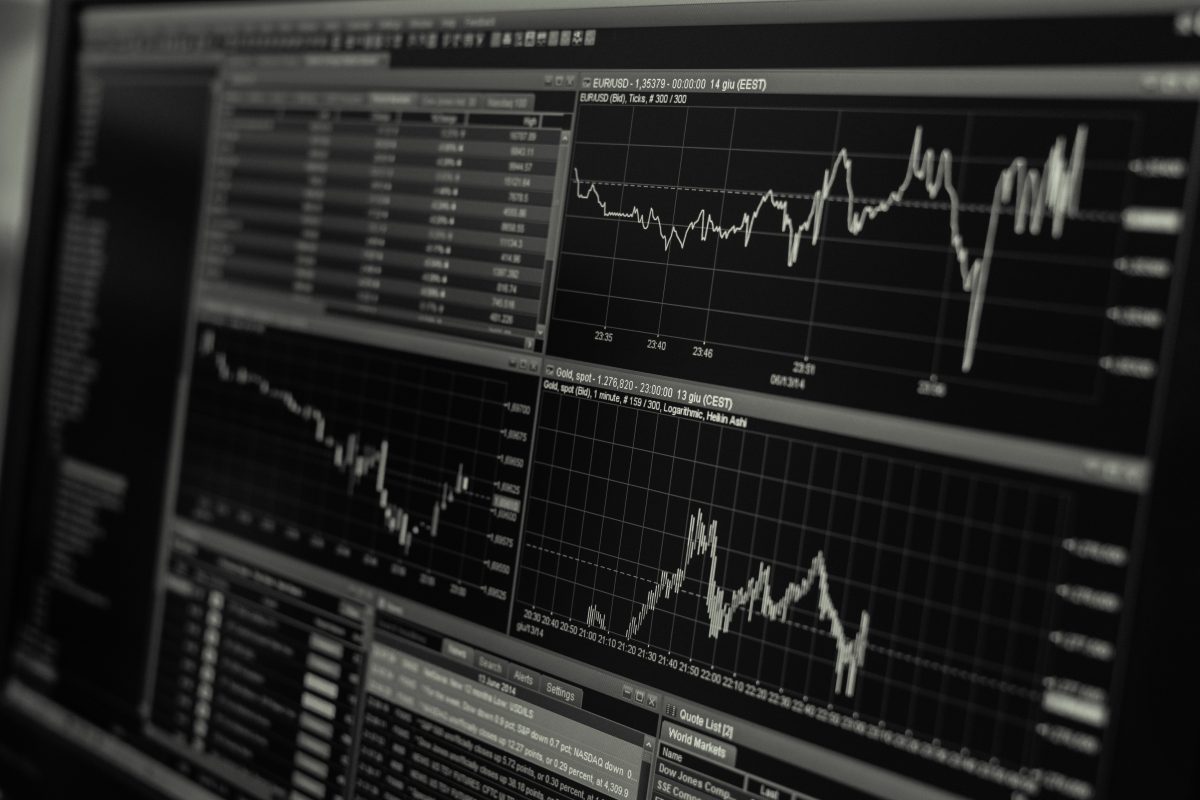U.S. Job Growth Slows to 139K in May, Dollar Strengthens on Market Reactions
The U.S. labour market showed signs of cooling in May, with nonfarm payrolls increasing by 139,000 jobs - down from the 147,000 added in April. While still in positive territory, the slower pace of hiring adds to the growing body of evidence that the economy is gradually losing steam.
Yet in a somewhat paradoxical twist, the U.S. dollar strengthened on the news. Investors interpreted the softer data as a signal that the Federal Reserve may stay cautious, rather than pivot quickly toward aggressive rate cuts. The dollar index rose about 0.5% following the release, reflecting the greenback's continued appeal as a relatively safe and yield-bearing asset amid global uncertainty.
A Softer Jobs Report Amid Mixed Economic Signals
The May jobs report offers a mixed message. On the one hand, employment is still growing, and the unemployment rate held steady at 4.2%. On the other, the slower hiring pace may indicate that businesses are becoming more cautious in the face of high borrowing costs and persistent inflationary concerns.
Wage growth also moderated slightly, easing some of the pressure on employers while hinting that the labour market may be rebalancing after months of pandemic-driven distortions.
Still, these shifts aren’t yet dramatic enough to spark alarm. Most economists view the numbers as part of a broader “soft landing” scenario, where the economy avoids a sharp downturn even as growth cools.
Together, these changes mark a more coherent and supportive regulatory posture - though much of the long-term framework is still evolving.
The Fed’s Dilemma: Wait or Act?

The Federal Reserve has maintained a data-driven approach to interest rates, and May’s job numbers will factor heavily into its next decisions. With inflation gradually moving closer to the Fed’s 2% target and employment still growing, the central bank faces a nuanced choice: hold steady, cut slightly, or wait for further confirmation.
For now, most signs point to a “pause” in rate movements, especially as the Fed weighs risks on both sides - too much tightening could slow the economy too fast, while too little might allow inflation to regain momentum.
As Fed Chair Jerome Powell recently stated, “We are prepared to adjust policy as needed, but we will not act hastily.”
Also, the 90‑day pause in Trump’s tariffs - while offering short‑term relief - continues to cloud business sentiment. A recent court block of new tariffs boosted American stocks and the dollar but uncertainty remains. The Fed must weigh not just jobs and inflation, but also the broader economic drag from trade policy shifts and tariff volatility.
Currency Markets React: Dollar Finds Support

The U.S. dollar’s rise following the report may seem counterintuitive, but in context, it makes sense. Markets had been pricing in the possibility of multiple rate cuts this year. Slower job growth without a jump in unemployment reduces the urgency for such moves.
As a result, the greenback regained some strength - especially against lower-yielding currencies - as investors recalibrated their expectations. The dollar remains a go-to safe-haven, particularly when U.S. Treasury yields stay attractive and the economic outlook remains stable relative to global peers.
What It Means for Currency Buyers and Travellers
For ordinary Americans and international travellers, the implications of a stronger dollar are straightforward: imported goods and overseas travel may become slightly more affordable, especially in regions where local currencies are weakening. At the same time, those converting foreign currency into dollars may find exchange rates less favourable.
For currency investors and collectors, the market reaction underscores the value of timing. A modestly stronger dollar could present short-term opportunities - especially for those tracking interest rate expectations and economic sentiment.
Outlook: Eyes on June and Beyond
The next few months will be crucial in shaping U.S. monetary policy and, by extension, the dollar’s direction. If job growth continues to soften but inflation stays in check, the Fed may move gradually toward cuts later this year. If inflation proves sticky or global conditions worsen, rate cuts could be delayed further.
Either way, markets will remain sensitive to every data point, and currency values will continue to reflect these shifts. As always, we’ll be here to keep you updated on how these developments affect currency exchange trends, economic conditions, and your purchasing power.
Don't wait, create your order today!
You can buy and sell over 20 different currencies at the most competitive rates on the market with US First Exchange.


